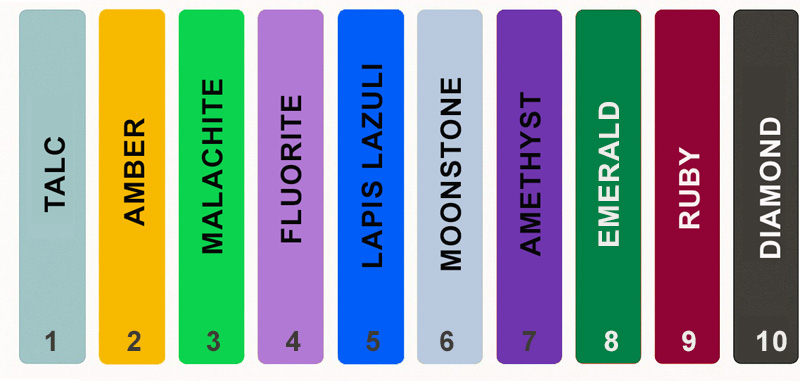Ruby dURABILITY

Rubies rank 9 on the Mohs scale of hardness, placing them among the hardest naturally occurring substances, just below diamonds, which rank 10. This high hardness makes rubies extremely resistant to scratching, particularly by everyday materials, and contributes to their popularity in jewelry that sees frequent wear—such as engagement rings, earrings, and bracelets.
In addition to their hardness, rubies also possess excellent toughness, which refers to their ability to resist breaking, chipping, or cracking under impact. This combination of hardness and toughness makes rubies one of the most durable colored gemstones available, capable of withstanding the rigors of daily life far better than more fragile stones like emeralds, opals, or tanzanite.
However, as with all gemstones, internal inclusions can affect structural integrity. While most inclusions in rubies are harmless and expected, extensive fractures or surface-reaching inclusions can create potential weak spots, especially if the stone is improperly cut or exposed to accidental impact. That’s why expert cutting and careful setting are essential. A ruby that has been well-cut to minimize stress points and securely set in a protective mounting (such as a bezel or halo setting) can retain its beauty and resilience for decades—or even centuries—with only routine care.
In short, rubies are not only admired for their rich red color and symbolic meaning but also prized for their exceptional durability, making them an ideal choice for heirloom-quality jewelry that can be worn and treasured every day.
Key Pages: Create & Customize Jewelry
Key Pages: Diamond Jewley From the Atelier
Essential Diamond & Jewelry Education
Important Links: Support & Policies
MyAntwerpDiamonds.com /
Some email responses from us may be filtered as spam or blocked altogether. To ensure you receive our emails, please provide your telephone or WhatsApp number for verification.



